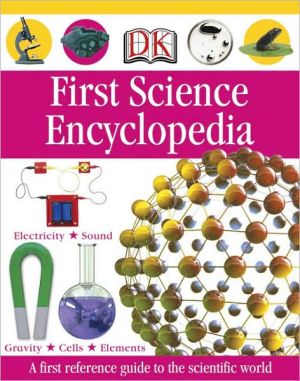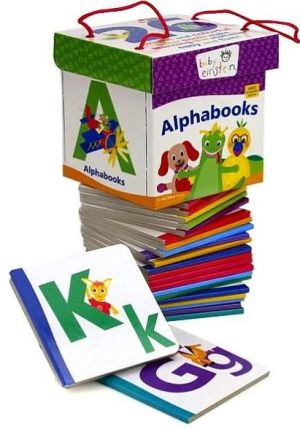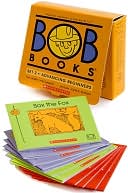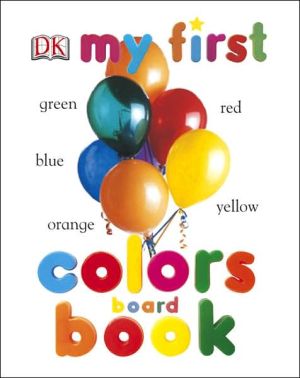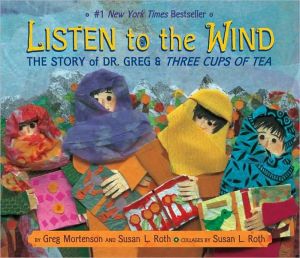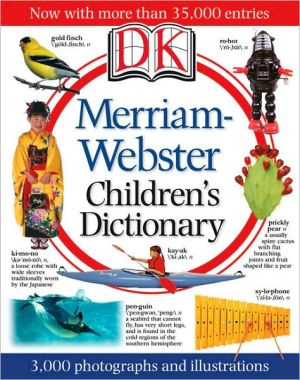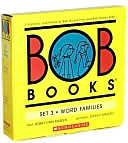First Science Encyclopedia
Bringing young readers into the world of science with gorgeous photography, accessible information, quizzes, fun facts, and more, First Science Encyclopedia is the latest addition to DK's First Reference series, a collection of reference books for children to use at school or home. With spectacular close-up photography and full-color illustrations, children can set out on a journey of discovery and take a truly comprehensive look at the forces and elements that make up our amazing world.
Search in google:
Bringing young readers into the world of science with gorgeous photography, accessible information, quizzes, fun facts, and more, First Science Encyclopedia is the latest addition to DK's First Reference series, a collection of reference books for children to use at school or home. With spectacular close-up photography and full-color illustrations, children can set out on a journey of discovery and take a truly comprehensive look at the forces and elements that make up our amazing world.Children's LiteratureHave you ever given much thought to the definition of science? This encyclopedia aimed at young readers opens with a definition and part of the definition states that science is the search for truth and knowledge. The study of science is all encompassing and to make it easier, the book divides science into four very broad categories—life science, physical science, Earth and space science, and materials science. Additional introductory material shows a time line of scientific advances beginning in 1400 and moving to the 1990s. There is also a brief description of what a scientist does and the most commonly known scientific disciplines. For each of the major sections there is a brief overview followed by examples of animals, plants or whatever is appropriate along with beautiful full color pictures. The pages are crammed so young readers are really just getting snippets of information, but there are links to related topics and also quizzes within the text and running along the bottom of each spread. In some cases there are even little projects or experiments to explain a topic. In the materials science section, readers learn about some of the properties of matter (boiling point, freezing point, tensile strength, reflectivity, solubility, and more). The project is designed to help children understand the Moh scale and create one for themselves. The examples relate to the types of thing children would encounter—icicles, water bottles with condensation, or a melting ice cream cone. The periodic table is presented and does not look that formidable. The Earth and Space Science section is up-to-date because Pluto is not named as one of the major planets. Familiar topics like "thewater cycle" are described as well as weather phenomena and ways to save energy. The closing pages offer a glossary and an index. A very useful book to help answer those "why" questions from inquisitive young children. Reviewer: Marilyn Courtot
\ Children's Literature\ - Marilyn Courtot\ Have you ever given much thought to the definition of science? This encyclopedia aimed at young readers opens with a definition and part of the definition states that science is the search for truth and knowledge. The study of science is all encompassing and to make it easier, the book divides science into four very broad categories—life science, physical science, Earth and space science, and materials science. Additional introductory material shows a time line of scientific advances beginning in 1400 and moving to the 1990s. There is also a brief description of what a scientist does and the most commonly known scientific disciplines. For each of the major sections there is a brief overview followed by examples of animals, plants or whatever is appropriate along with beautiful full color pictures. The pages are crammed so young readers are really just getting snippets of information, but there are links to related topics and also quizzes within the text and running along the bottom of each spread. In some cases there are even little projects or experiments to explain a topic. In the materials science section, readers learn about some of the properties of matter (boiling point, freezing point, tensile strength, reflectivity, solubility, and more). The project is designed to help children understand the Moh scale and create one for themselves. The examples relate to the types of thing children would encounter—icicles, water bottles with condensation, or a melting ice cream cone. The periodic table is presented and does not look that formidable. The Earth and Space Science section is up-to-date because Pluto is not named as one of the major planets. Familiar topics like "thewater cycle" are described as well as weather phenomena and ways to save energy. The closing pages offer a glossary and an index. A very useful book to help answer those "why" questions from inquisitive young children. Reviewer: Marilyn Courtot\ \
